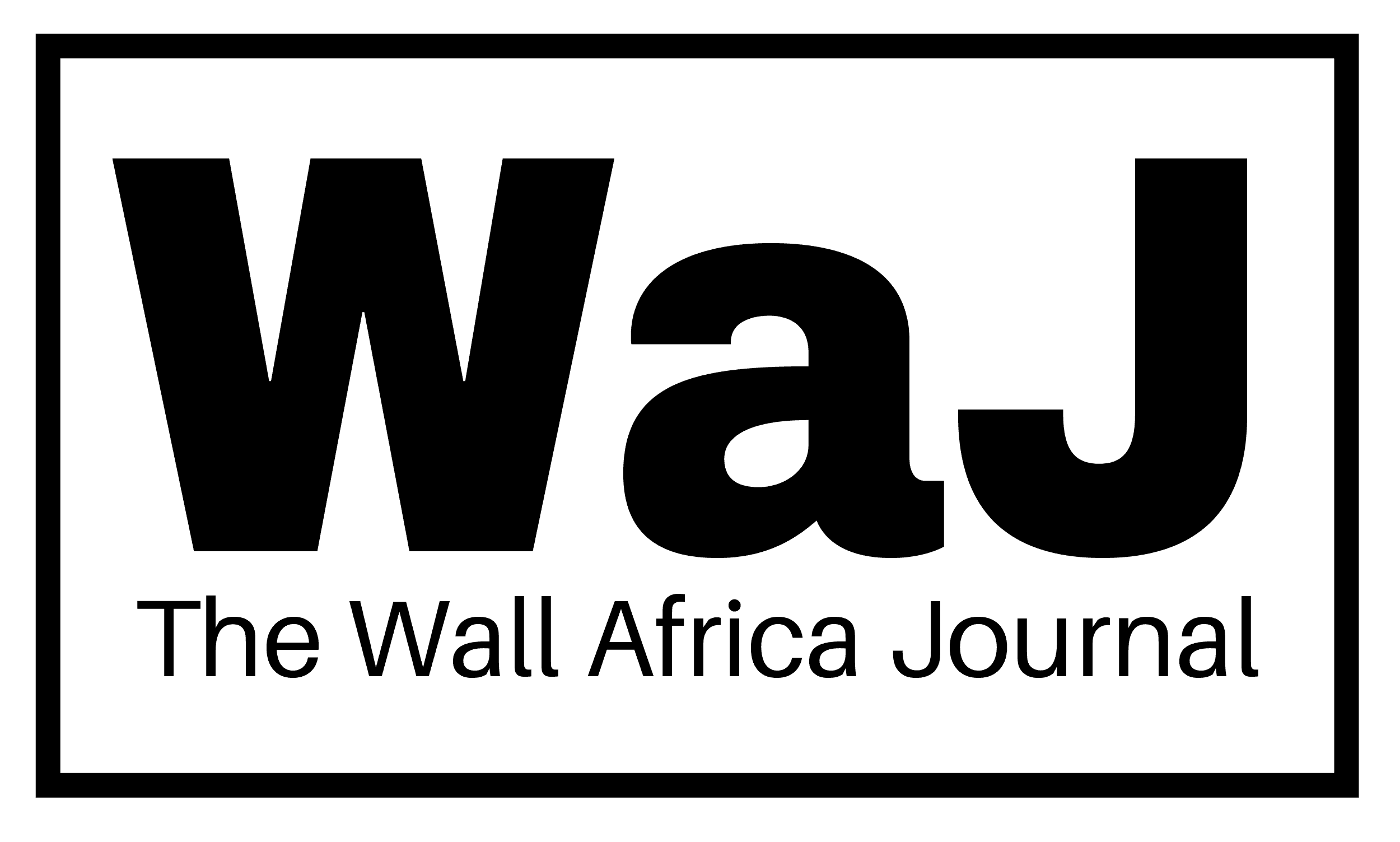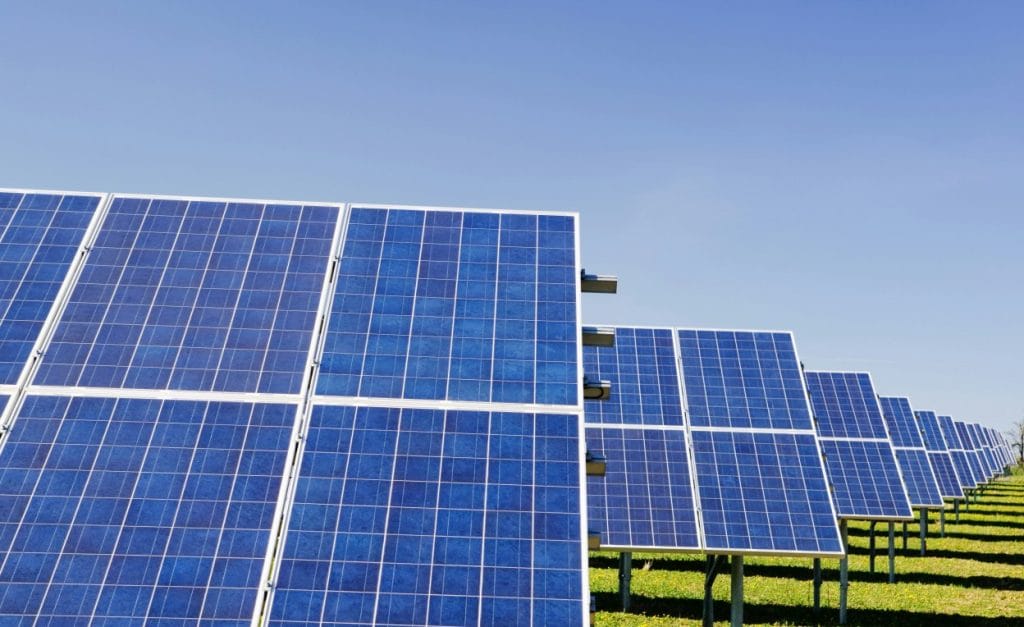Ghana has unveiled West Africa’s largest floating solar power project, marking a major milestone in the country’s renewable energy ambitions. The initiative is part of Ghana’s plan to increase its renewable energy contribution from the current 1% to 10% by 2030.
The 5-megawatt floating solar installation, developed by Ghanaian engineers from the Bui Power Authority (BPA), is located on the Black Volta River. The innovative technology optimizes land use while improving solar panel efficiency and reducing water evaporation.
According to Peter Acheampong, Deputy Director of Renewable Energy at BPA, the plant is already operational, with plans to expand capacity to 65 megawatts. “Our expansion efforts align with the country’s renewable energy master plan,” he stated.
The BPA has made significant strides in the sector, previously commissioning a 50-megawatt solar farm in 2020. The floating solar project and the earlier solar farm together cost $48 million.
Ghana has also successfully implemented other solar projects, including the Kaleo Solar Power Plant (13 megawatts), Lawra Solar Plant (6.5 megawatts), and Navrongo Solar Plant (2.5 megawatts), with a combined investment of €50.8 million.
Private sector involvement in renewable energy is also growing. Helios Solar Energy recently completed Africa’s largest rooftop solar installation—a 16.82-megawatt photovoltaic system—financed by the International Finance Corporation (IFC) at a cost of $17 million.
With these initiatives, Ghana continues to strengthen its commitment to clean energy and sustainability, reinforcing its position as a leader in West Africa’s renewable energy transition.



